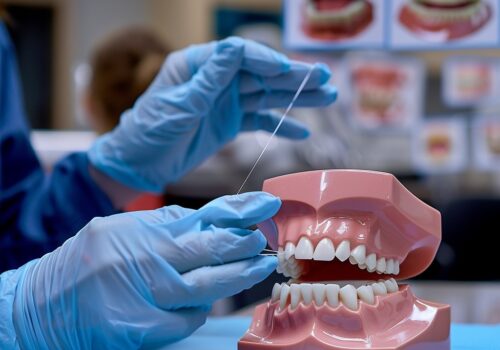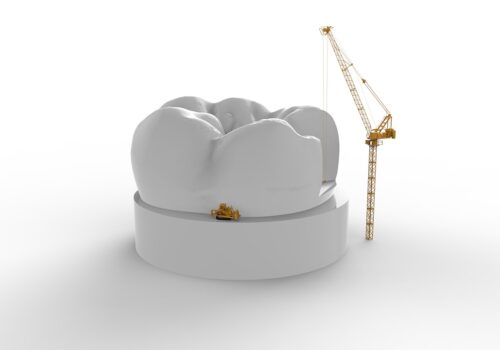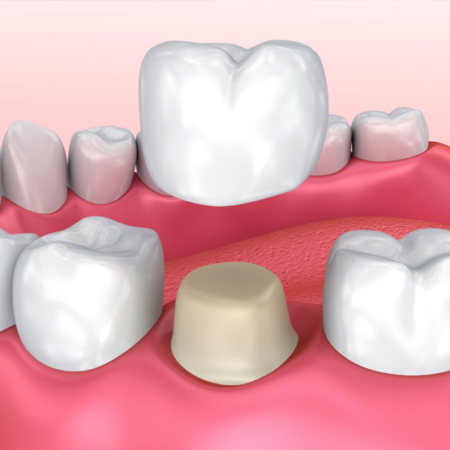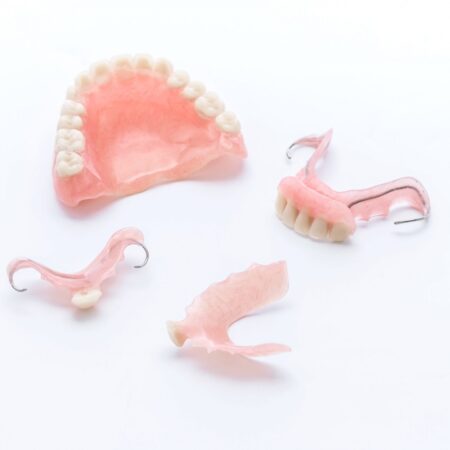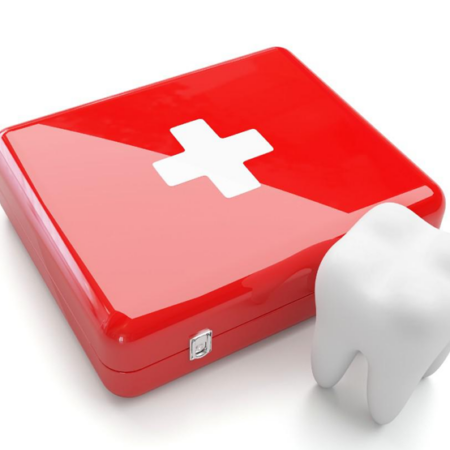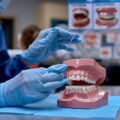How Does Nitrous Oxide Work In Dental Procedure
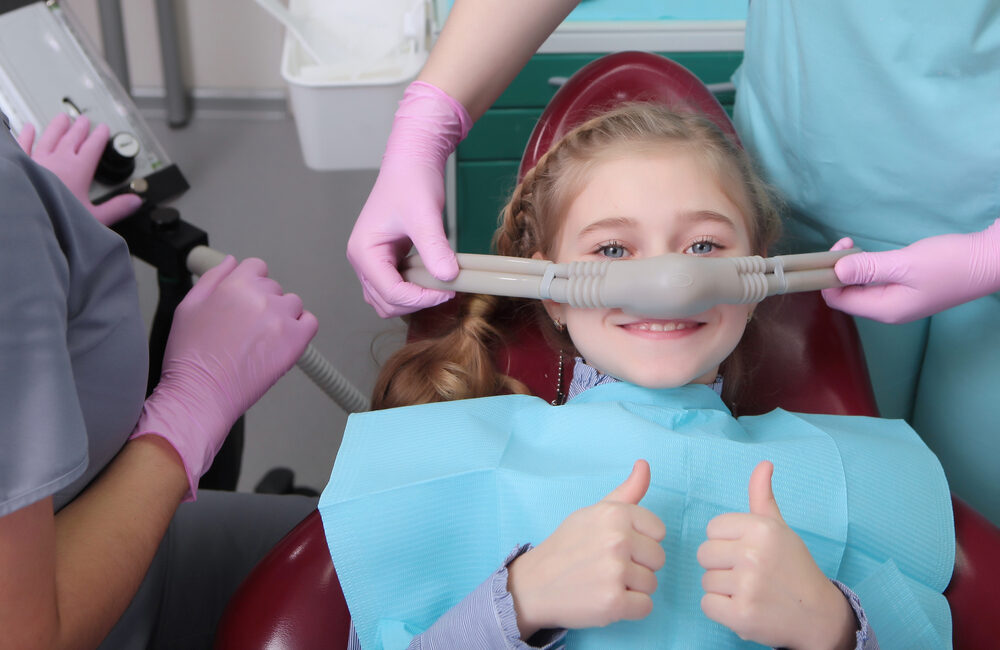
Do you feel devastated about your appointment, or does your child have a phobia of dental procedures? Nitrous oxide is what is needed in these situations. But what is nitrous oxide, and how does nitrous oxide work in dental practices?
WHAT DOES NITROUS OXIDE DO?
Nitrous oxide (N2O) is a low-level sedative agent used in dental procedures. This gas is also called laughing gas and has been proven to manage pain and anxiety during operations. The gas has neither odor nor color and is stored in a gas tank. The tank contains nitrous oxide and oxygen, breathed in through a small mask. The mask is designed to fit the nose and the mouth. After inhaling, the gas kicks in within minutes.
The name laughing gas doesn’t mean it makes you laugh. But you might giggle sometimes. The gas restricts your nervous system from feeling pain or anxiety. When the gas kicks in, you begin to feel light-headed, heavy, or tingly on your arms or legs. Eventually, you can go through the operation without feeling the effect of the procedure.
HOW NITROUS OXIDE WORKS
The key functions of nitrous gas during dental procedures are to:
- Relaxes you, so you feel at peace.
- Mitigates pain, so you get comfortable.
- Create a feeling of euphoria, which relaxes your anxiety.
- Breathing the gas from the tank is easy. Once the mask covers the face, inhale the gas through the usual way of breathing. The gas relaxes the body but leaves you conscious of what is happening. You’ll be able to respond to questions, spit and do other minor activities. However, the gas effect doesn’t last long in the body. The mask must be worn regularly to keep the sedation on throughout the operation.
THE SIDE EFFECTS OF NITROUS OXIDE
Nitrous gas has no side effects on many people aside from the tingly and numbness during the operation. Some symptoms observed by patients are due to excess or rapid inhaling of the gas. Side effects include:
- Headaches
- Shivering
- Excessive sweating
- Nausea or vomiting
- Sleepiness
However, you can avoid headaches by receiving oxygen gas for a few minutes. The oxygen gas is inhaled to remove the residue of nitrous oxide remaining in your system. It is best to have a little snack before and after the procedure to avoid vomiting or nausea.
WHO SHOULDN’T USE NITROUS OXIDE?
The gas might be safe without side effects, but not everyone can use it. Some health conditions will restrict you from receiving the sedative, such as:
- Early stages of pregnancy
- Respiratory diseases illnesses like chronic obstructive pulmonary disease (COPD)
- Lack of vitamin B-12
- An enzyme medical condition called methylenetetrahydrofolate reductase deficiency
Nitrous gas is an essential weapon for a dentist and alleviates anxiety and pain during dental care. Although not everyone can benefit from this gas, you can consult your dentist to know if it is applied to your following procedure.
May also interest you / How is the teeth retainer fitted?




